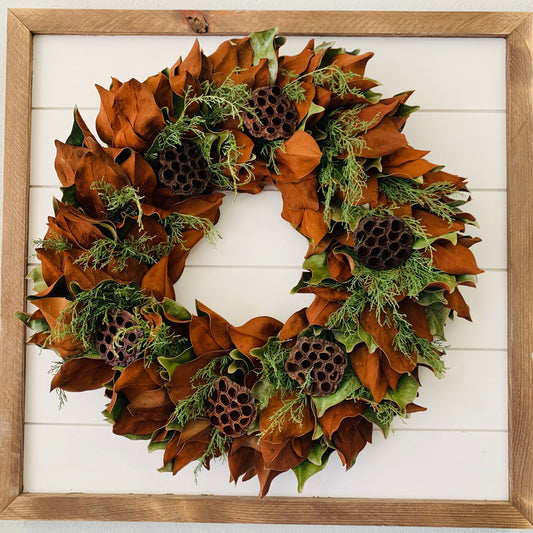🌿 How to Train English Ivy to Climb a Wall (Indoor or Outdoor!)
If you're dreaming of a lush, green wall or want to add natural charm to your indoor or outdoor space, English Ivy (Hedera helix) is a fantastic climbing plant to work with. This fast-growing, low-maintenance vine is known for its ability to scale walls, fences, and trellises — giving you a dramatic vertical garden effect with just a little guidance.
In this post, we’ll show you step-by-step how to train English Ivy to grow up a wall, whether it’s inside your home or outside in the garden.
🪴 Why Choose English Ivy?
English Ivy is loved for its:
-
Beautiful trailing or climbing growth habit
-
Evergreen foliage in most climates
-
Ability to thrive in shade or indirect light
-
Low watering needs and easy upkeep
It’s ideal for:
-
Garden walls, fences, trellises
-
Interior design accents (living walls, indoor climbing décor)
-
Creating privacy or covering unattractive areas
📍 Step-by-Step: How to Train Ivy to Climb
1. Pick the Right Location
-
Outdoor walls: Brick, wood, fences, or stone walls with partial to full shade are perfect.
-
Indoor spaces: Place near a bright, indirect light source — ivy does not like harsh direct sun indoors.
💡 Pro Tip: Ivy climbs best on textured or porous surfaces where its aerial roots can cling.
2. Start with Healthy Ivy Plants
Choose vibrant, young ivy with long, flexible vines. You can grow it in-ground (outdoors) or in containers (indoors or outdoors). Place the pot close to the base of the wall you want it to climb.
3. Install a Support System
English Ivy is a self-clinger outdoors but may need help when getting started or when climbing smooth indoor walls.
-
Outdoors: Use a trellis, garden mesh, or wire grid against the wall.
-
Indoors: Try removable adhesive wall clips, command hooks, or a mounted wooden trellis.
🧰 Materials: Soft twine, twist ties, garden clips, and nails/hooks (for outdoors)
4. Tie and Guide the Vines
Secure the ivy’s vines loosely to the support. Space the ties every few inches, and avoid cinching them too tight.
-
Gently guide the vines in the direction you want them to grow.
-
Use additional clips or ties as the ivy spreads.
5. Water and Feed Properly
-
Water when the top inch of soil is dry.
-
Make sure your container or planting area has good drainage.
-
Feed monthly with a balanced liquid fertilizer during spring and summer.
🧊 In winter: Cut back on watering and fertilizer — ivy slows down during colder months.
6. Prune for Shape and Health
Regular trimming helps you:
-
Keep ivy bushy and full
-
Prevent it from growing where you don’t want it
-
Remove dead, yellowed, or damaged leaves
Use clean, sharp scissors or pruning shears and trim just above a leaf node to encourage new growth.
7. Maintain and Monitor
-
For indoor ivy: Rotate the pot every few weeks for even light exposure.
-
For outdoor ivy: Keep it from creeping into gutters, shingles, or other sensitive areas.
⚠️ Outdoor ivy can become invasive in some regions. Always check local guidelines before planting in the ground.
💚 Bonus Tip: Create a Living Wall Indoors
Mount a decorative trellis or grid on a blank wall and let ivy climb freely for a beautiful natural focal point. Mist regularly to help with humidity if you live in a dry climate.
Final Thoughts
Training English Ivy to climb a wall is a rewarding way to green up your home or garden. With a little time and care, your ivy will transform plain spaces into cozy, lush corners.
🛒 Looking for healthy, fresh English Ivy plants in hanging baskets? Shop our collection now — perfect for indoor décor or outdoor training!




